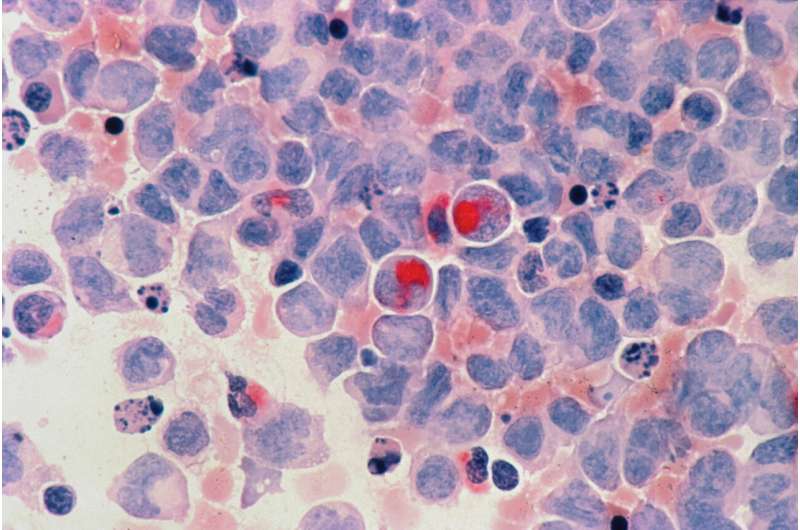Internal Brain Rhythms Influence Memory Formation and Recall, New Research Shows

New research reveals that brain cells follow an internal rhythm during memory formation and recall, with synchronized activity linked to brain waves, offering insights into memory processing and potential disorder treatments.
Recent research from the University Hospital of Bonn, in collaboration with the University of Bonn and Freiburg Medical Center, provides fresh insights into how brain cells function during the processes of encoding and retrieving memories. The study, published in Nature Communications, focused on measuring the activity of individual nerve cells in patients with epilepsy, revealing that these cells follow a distinct internal rhythm during memory-related tasks.
The team observed that brain cells synchronize their firing with electrical oscillations in the brain, known as brain waves, which occur approximately once to ten times per second. This synchronization, called theta-phase locking, suggests that nerve cells preferentially fire at specific phases within these oscillations, akin to musicians in an orchestra following a common beat. Dr. Tim Guth, the study's first author, explains that these rhythmic patterns are established in the medial temporal lobe, a crucial brain region involved in human memory.
Interestingly, the study found that the strength of this theta-phase locking was consistent regardless of whether participants could later accurately recall the memory. This indicates that while nerve cells naturally synchronize with brain waves during learning and recall, this synchronization alone does not determine successful memory retrieval. According to Prof. Dr. Lukas Kunz, the phenomenon appears to be a general feature of the human memory system rather than a predictor of success.
Further analysis revealed that most nerve cells fired at consistent oscillation times, but some cells altered their preferred firing timing between learning and recalling, supporting the idea that learning and retrieval processes might be separated within brain waves, similar to orchestra members starting to play at different moments within a musical piece. Prof. Kunz notes that understanding these mechanisms better could lead to improved strategies for treating memory disorders.
The innovative aspect of this research was made possible by recording brain activity in patients undergoing invasive monitoring for epilepsy, which involves implanting electrodes directly into the brain. These electrodes enable scientists to capture activity at the level of individual neurons, offering valuable insights into the neural basis of memory.
Overall, this study enhances our understanding of the complex interaction between nerve cells and electrical signals during memory processes, opening avenues for future research into memory-related diseases and potential therapies.
Source: https://medicalxpress.com/news/2025-08-brain-cells-internal-rhythm-memory.html
Stay Updated with Mia's Feed
Get the latest health & wellness insights delivered straight to your inbox.
Related Articles
Innovative AI Models Use Low-Tech ECGs to Detect Heart Failure in Rural Populations
Innovative AI models utilizing low-tech electrocardiograms are being developed to diagnose heart failure effectively in rural populations, potentially transforming cardiac healthcare accessibility.
Takotsubo Syndrome: Recognizing Hidden Heart Risks in Intensive Care Units
New research highlights the importance of early detection of Takotsubo syndrome in ICU patients through specialized diagnostic tools and clinical pathways, aiming to reduce serious heart complications.
How Human Cytomegalovirus Manipulates Host DNA and Cell Architecture
Discover how human cytomegalovirus (HCMV) manipulates host DNA and nuclear architecture, advancing understanding and paving the way for new antiviral strategies.
Genetic Mutations and Cell Maturity Key Factors in Overcoming Treatment Resistance in Acute Myeloid Leukemia
Recent research uncovers how gene mutations and cell maturity influence treatment resistance in acute myeloid leukemia, paving the way for personalized therapies and improved patient outcomes.



